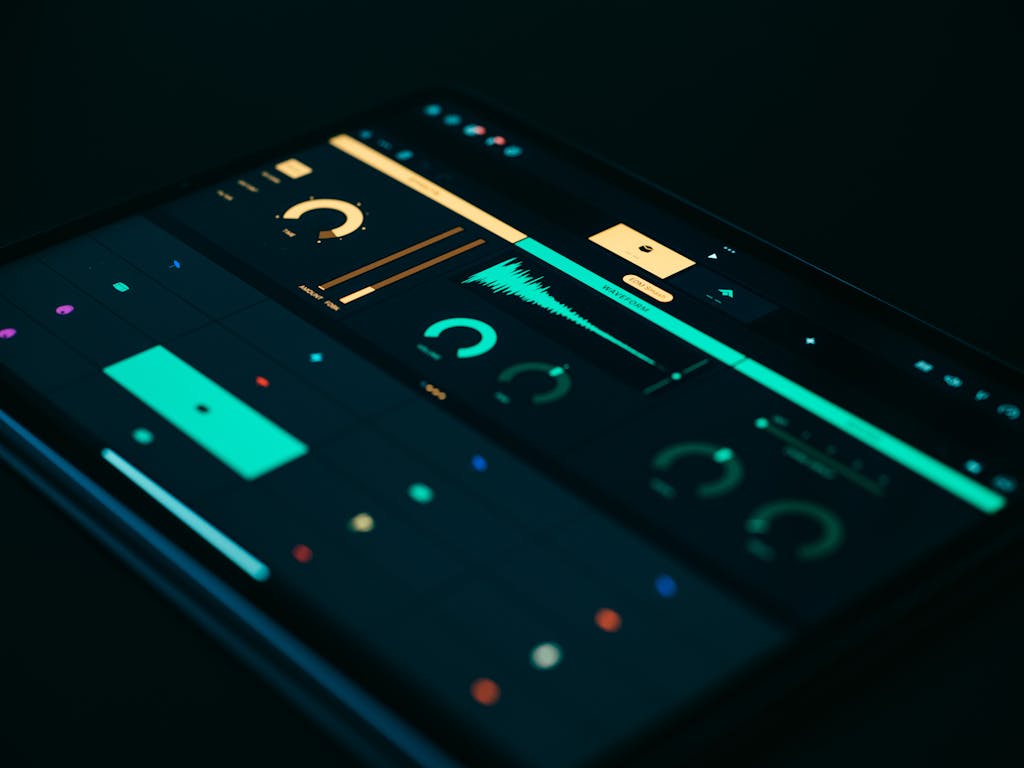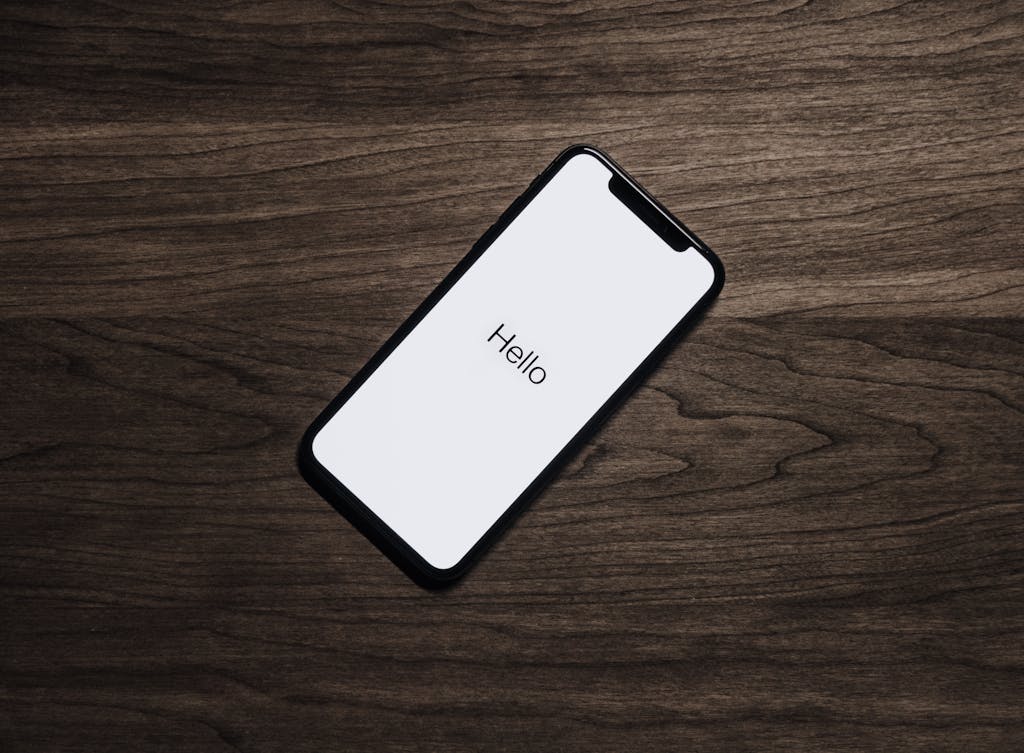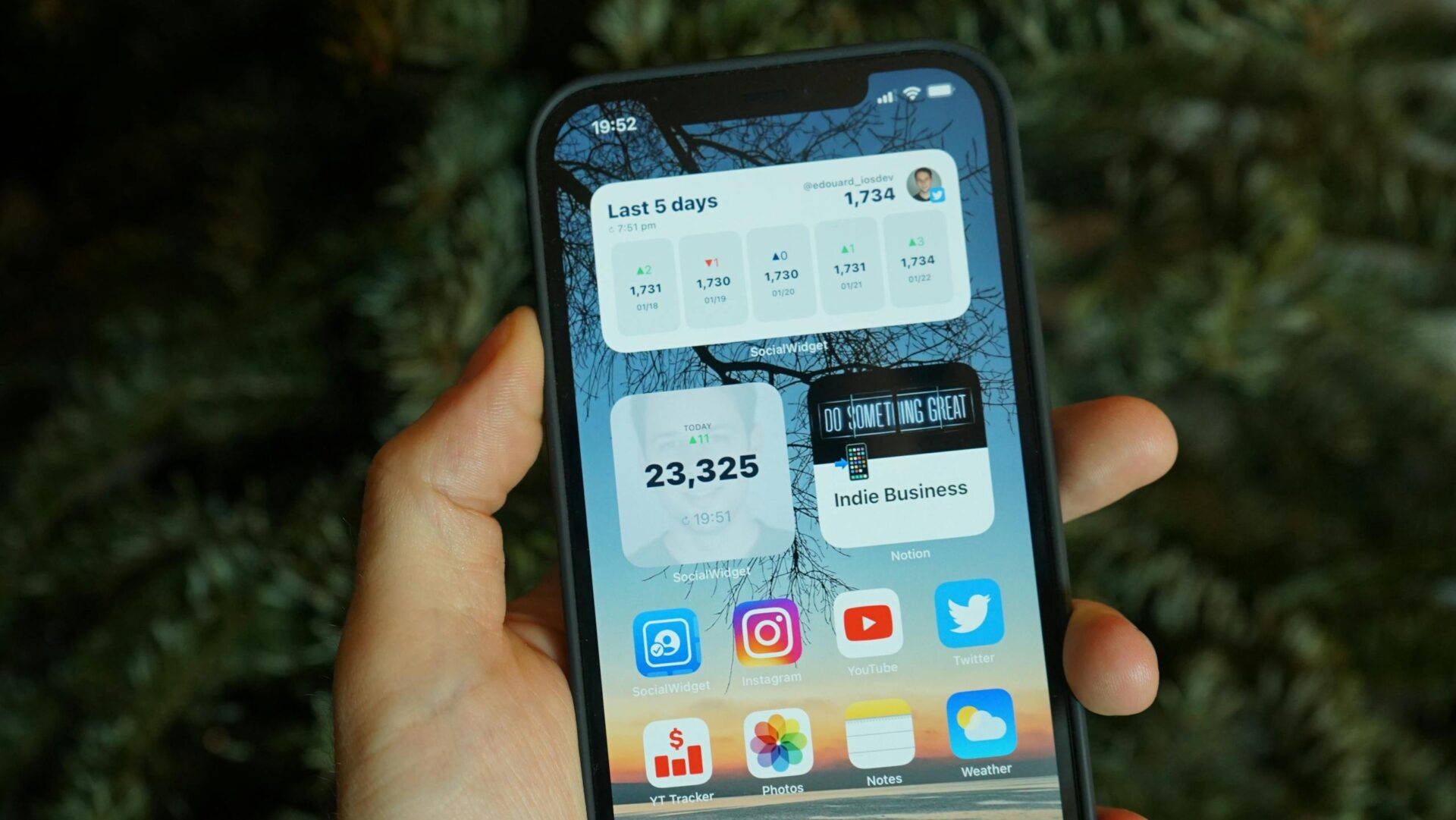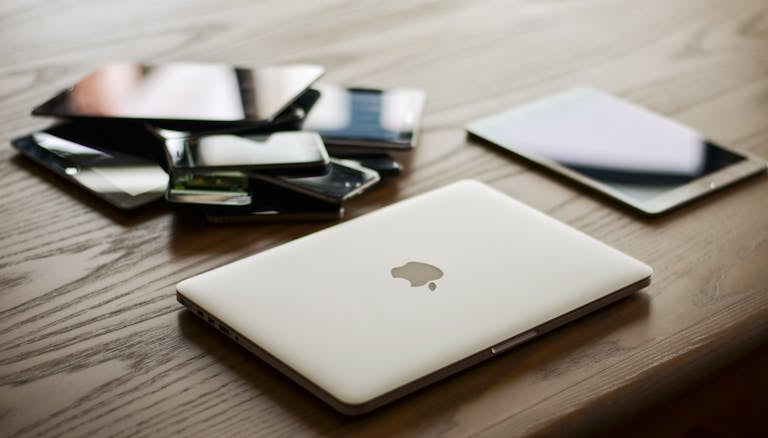The Complete Guide to Adding Widgets To Your Android
They are small applets which can be added to the Android Home screen. By tapping or swiping them over, they can be used. Users can access the most recent information, and quickly reachable features, even without having to open the app. Examples of ambient information delivery include the weather forecast, events on a calendar/scheduler, playlists and music controls.

The importance of widgets in Android
Widgets add to the experience of users by offering more options and facilities. Users can benefit from this feature by being able to easily find and use any item displayed on their home screen, increasing their efficiency. The widgets on your phone are the ones who make it look like you made it.
Android widgets: Evolution
Since their introduction in Android 1, widgets have evolved. As we’ve seen, over the years widgets changed. The earliest widgets were basic and simple. Today’s advanced widgets have many features and are dynamic. They also support multiple installations and customizations. The integration of widgets into services and apps has improved over time.
Widgets: How to Get Started
There are many types of widgets
There are many types of widgets, all with different functions. There are many types of widgets.
- Information widgets: Display information like weather, news or calendar events.
- Control widgets: Provide controls to functions such as music playback or device settings.
- Widgets for Collections: Display a group of items that are similar, such as emails, images, and social media feeds.
- Hybrid widgets: Combination of elements from the types above, providing both information and controls functions.
Downloadable vs. Pre-installed widgets
Android users can install a variety of pre-built widgets without having to download anything from Google or the device manufacturer. These widgets are usually standard and include clocks, weather apps, calendars, and even search applications. You can download each widget from the Google Play Store to get a more extended version. The widgets are usually included in the packages of most applications, so that the user can add additional functionality to the app.
Compatible Systems and System Requirements
The widgets are supported by most modern Android devices, though the requirements may vary. Generally, you’ll need:
- Android version 4.0 and higher.
- Storage space and RAM must be sufficient.
- Launcher compatible (most launchers are widget-compatible, although third-party launchers can offer more customization).

What is a Widget?
Widget Menu Access
You must first access the Widget menu to add a new widget. Here’s how:
- Press for a long time on the empty space in your Home Screen.
- Select “Widgets” or an option similar in the menu.
- Select widgets to view.
Selecting and adding Widgets
You’ll be in the widgets menu.
- Use the list to locate the widget that you are looking for.
- Hold down the widget that you want to add.
- Drag and drop the widget on the homescreen to its desired position.
Change the size and position of widgets
The widget will appear on the screen.
- To resize the widget, long-press it.
- To adjust the size, drag the border.
- Drag the widget to another location, if necessary.
Customizing Widgets
Change Widget Appearance
There are many widgets that offer customisation options.
- To open the widget’s settings, tap or press the widget for a long time.
- Change the appearance of by adjusting color, theme, transparency and other settings.
- To apply your new appearance, save your changes.
Apps from Third Parties can be used to create Custom Widgets
Apps such as KWGT or UCCW let you create widgets that are highly customizable:
- Install the application on the Google Play Store.
- In the app, create a new widget.
- Drag the widget to your homepage as you normally would any widget.
Manage Widget Settings
To further customize:
- Open the app setting for the widget.
- Change widget settings, such as the update frequency, data source, and interaction.
- Update the widget so that it reflects your changes.

Consider Popular Widgets
Weather widgets
The most common widgets include weather widgets.
- AccuWeather : Provides weather radar and detailed forecasts.
- Clock & Weather Widget For Android: Combining weather data with clock functionality.
Calendar and clock widgets
These widgets will help you keep track of the time.
- Google Calendar Displays events that are coming up and reminds you.
- Clock includes world clock, alarms, timers, and stopwatches.
News and Information Widgets
Keep informed using these widgets
- Google News: Provides personalized news stories.
- Flipboard : Displays news curated based on interests.
Social Media Widgets
Keep in touch with your social networks using widgets
- Twitter : Displays the feed and notifications.
- Facebook : Allows you to quickly access your messages and timeline.
Productivity and Utility Tools
These widgets will boost your productivity:
- Todoist : task management and to-do list.
- Evernote : note-taking, organization and management.
Advanced Widget Techniques
Create Custom Widgets
For a truly unique home screen:
- Use apps like KWGT to design custom widgets.
- Combine elements like images, text and data feeds.
- You can tweak and test your design until you find the perfect fit.
Widgets are useful for automating processes
Automate widgets by integrating them with automation tools
- Tasker : create widgets that trigger tasks or routines.
- Use IFTTT widgets to automate the interaction between apps and services.
Integration of Widgets and Other Apps
Other apps can be interacted with by some widgets.
- Expand functionality by linking widgets with related apps.
- Display data from apps other than your own (such as fitness trackers or stock apps).
Troubleshooting common widget issues
The widgets are not updating
When a widget doesn’t update:
- Make sure you have an internet connection, as some widgets need data.
- Update the application associated with widget.
- To refresh the system, restart your device.
The disappearance of widgets
When a widget is missing:
- Check that the app is not uninstalled or moved.
- Add the widget back to the widget list.
- Look for software updates which may have been the cause of your issue.
The widgets are not loading properly
When a widget doesn’t load:
- Remove the cache from the associated app.
- Install the widget.
- Reset your home screen layout if necessary.
The best Android launchers for Widgets
Default Android Launcher
Most Android launchers support widgets, but customization may be limited.
Third-Party Launchers
Launchers such as Nova Launcher or Action Launcher allow for more widget customization.
- Install the third-party launcher available in Google Play Store.
- Explore enhanced widget options
The Best Launchers to Customize Widgets
These launchers are the most customizable:
- Nova Launcher : Highly configurable with advanced widget options.
- Apex launcher: Provides powerful features for widget management.
Improve Productivity by Using Widgets
Task Management Widgets
Keep organized using task management widgets
- Microsoft to Do: It integrates with Microsoft accounts for task management.
- TickTick : Provides task reminders and advanced tracking.
Take Notes Widgets
Write down your ideas quickly:
- Keep on Google: A simple and effective note-taking tool.
- OneNote : rich note-taking with cloud sync.
Email and Messaging Widgets
Keep your communication on track:
- Gmail : View your email at a glance.
- WhatsApp : Recent messages and Updates.
Widgets and Battery Life
Battery Life and Widgets
Battery life can be affected by the widgets:
- Regular updates may drain your battery.
- Widgets that are resource-intensive, such as live news or weather feeds (e.g.), use more energy.
Optimizing widgets to Improve Battery Performance
How to optimize your battery use:
- Reduce the number widgets that appear on your homepage.
- Reduce the frequency of updates.
- Remove widgets that you do not use frequently.
Batterie-Friendly Widgets Tips
Remember these helpful tips:
- When possible, use static widgets.
- Select lightweight widgets that have minimal animations.
- Track battery consumption to find power-hungry gadgets
The Future of Widgets for Android
Widget Design Trends
Design trends are changing the way we use widgets:
- Clean, minimalist designs.
- interactive elements to enhance functionality
Future Features and Innovations
Future developments may include:
- AI Integration Smarter Widgets.
- More granular customization controls.
Widget Development: The role of AI
AI improves widget functionality in:
- Displaying relevant information and anticipating the user’s needs.
- Learn user preferences to create a customized experience.
Questions and Answers on Android Widgets
How can I change the size of a widget in my Android?
Resize widgets:
- Press the widget for a long time.
- To adjust the size, drag the edges.
What is the reason for my widgets being unresponsive?
Widgets may not update due to:
- Poor internet connection.
- Older versions of the app.
- Setting for battery optimization Restricting background activities
How do I make my own widgets?
You can use apps such as KWGT or UCCW to create widgets.
What widgets can drain batteries?
Most definitely, particularly those that have frequent updates and resource-intensive features. To minimize the impact, optimize settings.
Do all Android devices have widgets?
The widget feature is available on most Android devices, although the specific model and manufacturer may vary.






